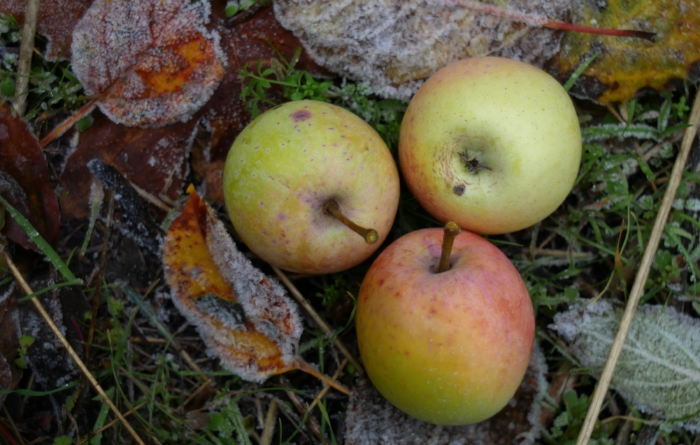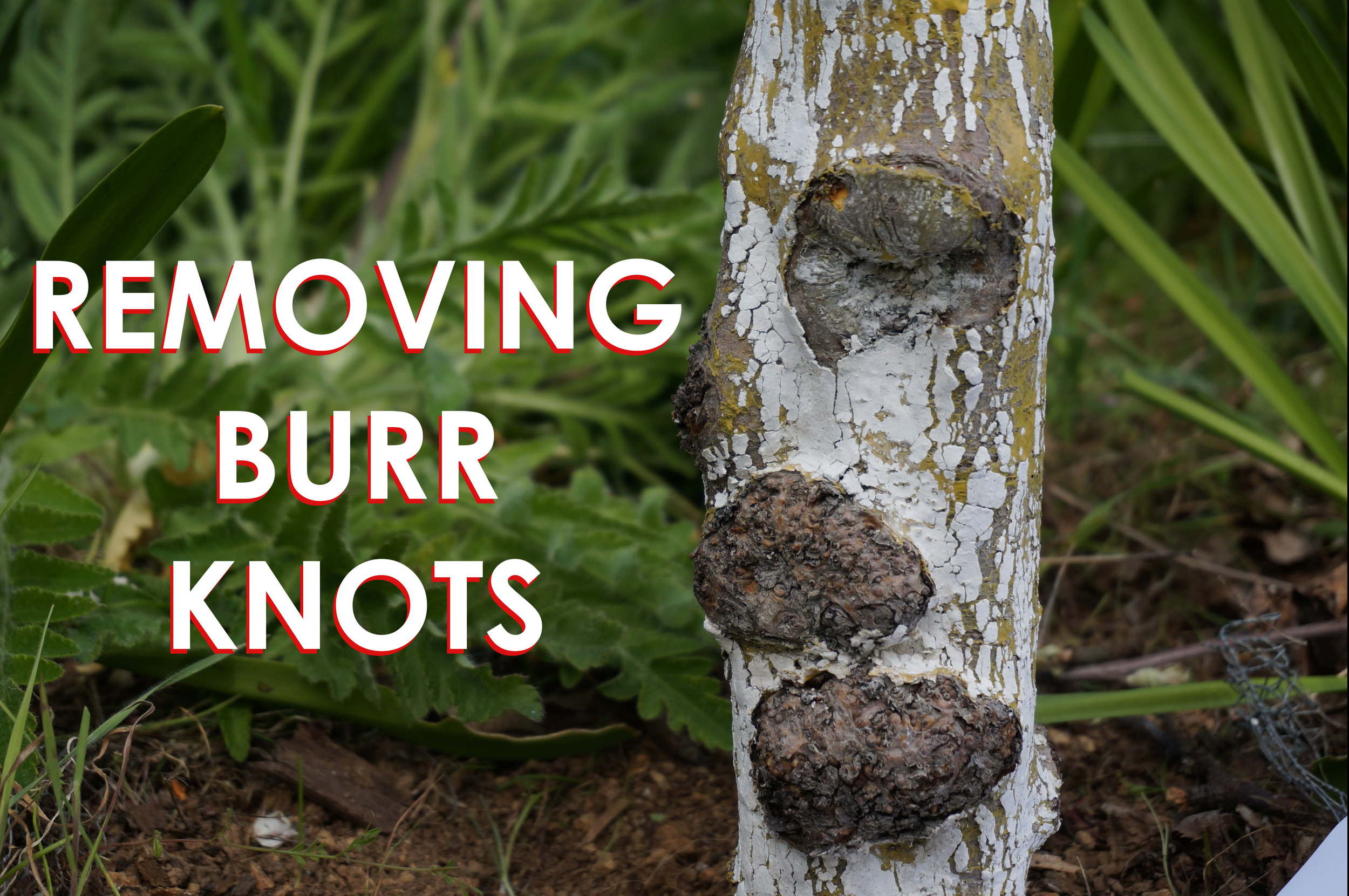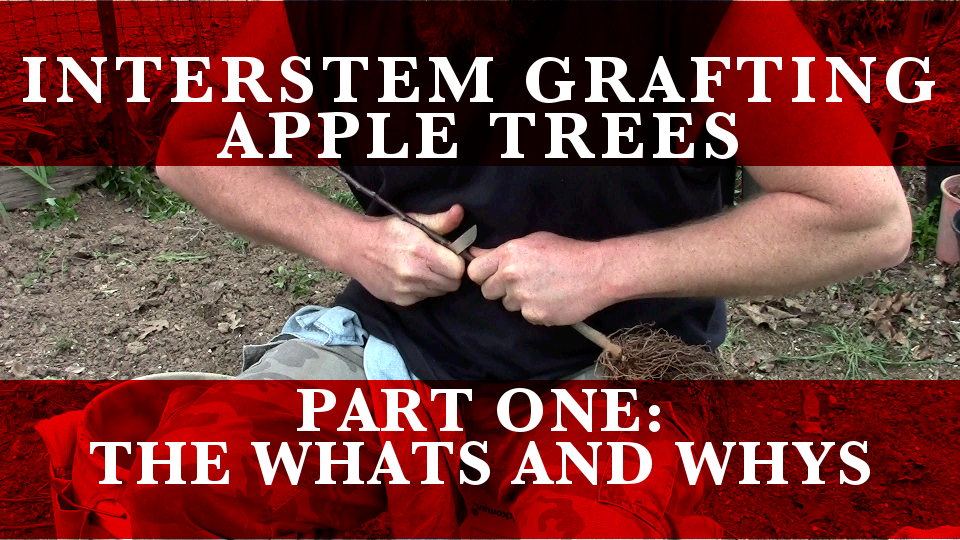I’ve already done a video (embedded below), and a long blog post on thinning apples. This is just a quick video with the head cam doing the second thinning to catch missed clusters and removing damaged fruit. It’s that time of year, so I hope these notes are helpful, especially for new growers. It’s can be hard to remove enough fruit, and it’s still hard for me sometimes. Thinning in two or more passes allows the amount of fruit left on the tree to become more obvious as they become larger.
And below is my first video on thinning apples.











